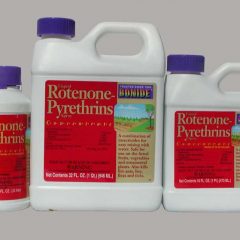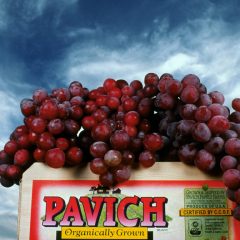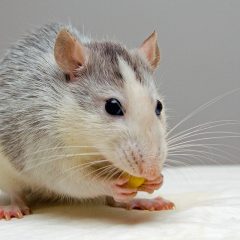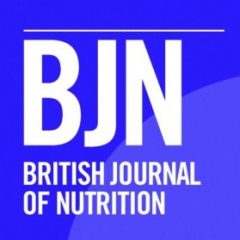Search results for “pesticide exposure”:
By Brian Baker Rotenone is a non-synthetic botanical insecticide and piscicide (chemical poisonous to fish) derived from the roots of Derris spp., Lonchocarpus spp. and Tephrosia spp. It has been used historically in organic production, usually with restrictions that limit its impact on human health and the environment. Prior to the isolation and commercialization of organically acceptable formulations […]
Read More, References, Comment »
Charles Benbrook, Center for Sustaining Agriculture and Natural Resources, Washington State University Blog Post, September 2012 A comprehensive paper on the nutritional quality and safety of conventional versus organic food was published in the September 4, 2012 issue of the Annals of Internal Medicine (Smith-Spangler et al., Vol. 157, Number 5: pages 349–369). The Stanford University Medical […]
Read More, References, Comment »
Dr Michael Antoniou and Dr Robin Mesnage respond to “Expert reaction to multiomics analysis of NK603 GM maize as published in Nature: Scientific Reports” from December 2016 – quotes collected by the Science Media Centre See also: This Hot Science item about about the Mesnage et al. paper. http://www.sciencemediacentre.org/expert-reaction-to-multiomics-analysis-of-nk603-gm-maize/ Dr Dan MacLean, Head of Bioinformatics at The […]
Read More, References, Comment »
Acronyms Glossary Click here to download this Acronyms and Glossary file as a pdf Acronyms ADI – Acceptable Daily Intake, a measure of the maximum amount of a pesticide a person can be exposed to without exceeding a regulatory agency’s “level of concern.” ALA- Alpha-Linolenic Acid, the major omega-3 fatty acid in food with health-promoting […]
Click here to view additional related posts Historical Documents Other Resources Historical Documents 1998 ISB Newsletter story on Monsanto ag biotech acquisitions DuPont Press Release on 1999 merger with Pioneer Hi-Bred International, Inc. “Genetically Engineered Confusion” editorial in the Washington Post, 1999 Open Letter from Monsanto CEO to Rockefeller Foundation President on sterile seed technologies, 1999 “Biotechnology […]
Chronic Population Adjusted Dose, a maximum allowed level of exposure to pesticide active ingredients set by the EPA in the case of pesticides triggering the need for an additional 3-X or 10-X safety factor under the Food Quality Protection Act. cPADs are expressed in milligrams of pesticide per kilogram of bodyweight per day.
Read More, References, Comment »
According to a team of Italian scientists, the pesticides applied to conventional foods “can be seriously dangerous for human health and the environment” whereas some studies suggest organic food is more frequently contaminated with natural toxins. The team developed a new method to rigorously test which set of potential hazards – the chemical toxins in […]
Read More, References, Comment »
Introduction 2013-2015 British Journal of Nutrition Meta-Analyses Plant-Based Foods Milk and Dairy Products Meat 2013 PLOS ONE Milk Study 2012 Annals of Internal Medicine analysis by Smith-Spangler et al. 2009 American Journal of Clinical Nutrition study by Dangour et al. The 2008 Organic Center Report See also: Introduction to Nutritional Quality Organic Vs. Conventional Foods Key Nutritional […]
EMBARGOED UNTIL: 00:01Hrs Tuesday 15th July 2014 – set by the academic journal British Journal of Nutrition Source Information: “Higher antioxidant concentrations and less cadmium and pesticide residues in organically-grown crops: a systematic literature review and meta-analyses.” Baranski, M. et al. British Journal of Nutrition, July 15th 2015. New study finds significant differences between organic […]
Read More, References, Comment »
Some pesticides can disrupt the development of the brain and nervous system at extremely low doses. A study published in October 2006 provides key new insights into how and why (Slotkin et al., 2006). The organophosphate (OP) class of insecticides includes some of the most dangerous pesticides still in widespread use. This family of chemistry […]
Read More, References, Comment »







